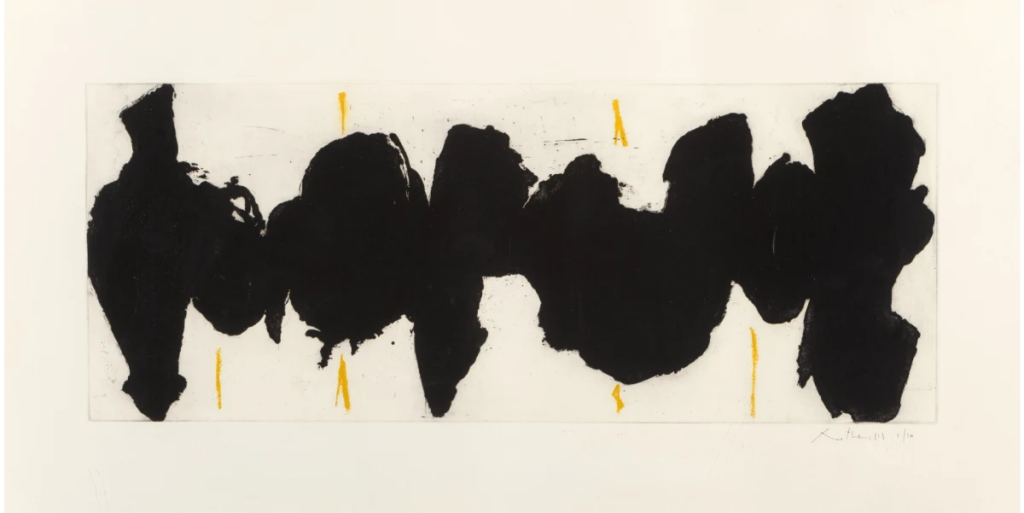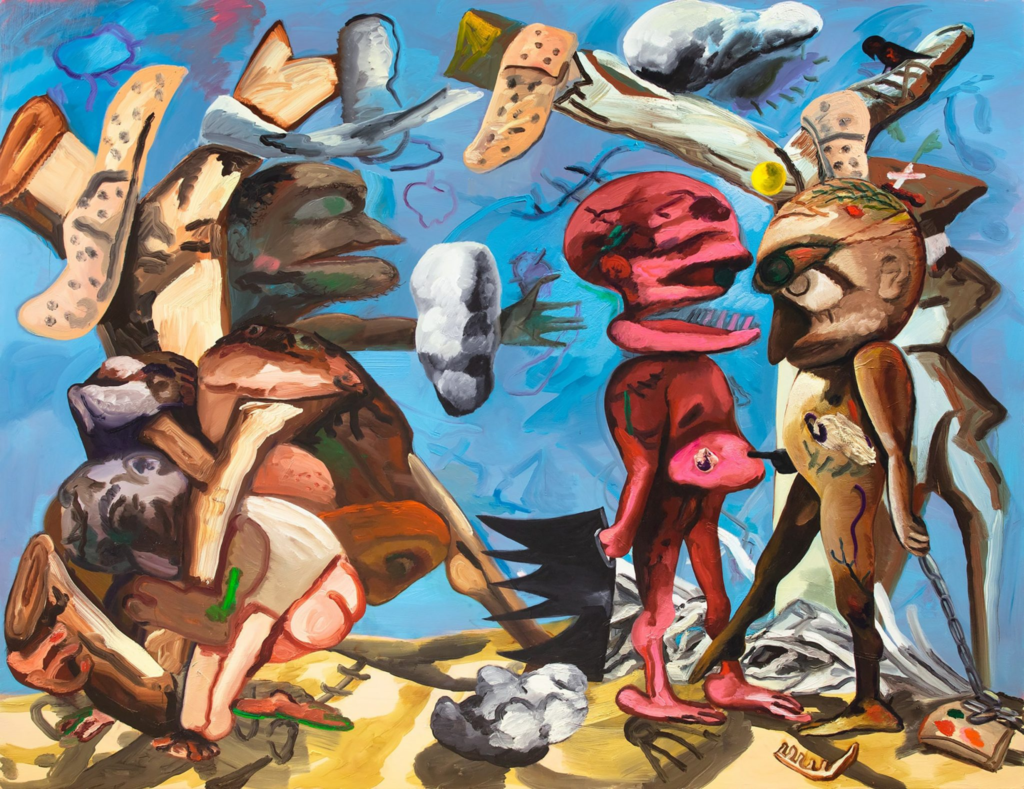The Evolution of Art Education: Balancing Fundamentals and Creativity

In the realm of art education, a delicate balance exists between mastering the fundamentals and fostering creativity and experimentation. Traditionally, art schools were revered for an emphasis on technical skills and classical training. However, in recent years, there has been a notable shift away from traditional approaches and towards a more experimental and conceptual approach. This has lead to some very interesting and new techniques, however it has also raised concerns about the neglect of fundamental skills. Without these fundamentals, it’s very difficult to experiment. On the other hand, we have a lack of creativity and experimentation in some fine art academies, where students get so focused on getting things “right” that they lose sight of their broader goals of what they want to say with their work.
Historically, art education was rooted in the mastery of foundational skills such as drawing, painting, sculpture, and composition. Students would spend countless hours honing their craft through meticulous study of anatomy, perspective, and color theory. These fundamentals formed the foundations of their artistic practice, providing a solid framework upon which creativity could flourish. In this respect, becoming an artist was similar to becoming a skilled craftsman in other trades, such as cabinet making, or blacksmiths. There was an apprenticeship process one could go through to become an artist.

However, during the 20th century, the artworld would be upended, fueled by movements such as Abstract Expressionism, Conceptual Art, and Postmodernism, the traditional hierarchy of skills began to be challenged at every level. Emphasis shifted from artists possessing a technical mastery to conceptual exploration, with artists prioritizing personal expression, social commentary, and experimentation over traditional techniques. Now, don’t get me wrong, all of these things also existed within art throughout all of time. The difference in the mid to late 20th century comes with the idea of “deskilling” which means to try and unlearn traditional ways of drawing and painting. This is great fun to do, ironically, often by those who are well trained. One assignment I got was to make the worst painting imaginable. But. There was one stipulation. I had to spend an entire class (which was 6 hours) making it. This is actually more difficult than it seems. And by intentionally creating a “bad” painting, often you discover what it is that you value. Regardless, it should be noted that this works best for people with some experience in painting and drawing. Those who are new to it, may be able to easily make a “bad” painting. But they don’t want to. They generally want to improve, at least among the students I’ve dealt with, their focus is primarily on getting better.
Regarldess, a paradigm shift permeated art education in the 20th century, which lead to a divergence in approaches. While some art schools continued to uphold the importance of fundamentals, others embraced a more progressive model that prioritized creativity and conceptual thinking. As a result, a divide emerged, with some institutions neglecting the teaching of traditional skills in favor of fostering individual expression and experimentation. The inverse occurred at many art academies, where this new “unskilled” approach was shunned, and almost seen as taboo. They both kind of mutually despised each other.
The repercussions of this shift are evident in the contemporary art world. While there is a wealth of innovative and boundary-pushing artwork being produced, there is still an exaltation of deskilled work in some quarters. How these artists came to be is difficult to ascertain, in part, the importance of highly crafted work is no longer as important, but there’s also another possibility, that the students don’t actually know the basic fundamentals.

I believe an emphasis on creativity and experimentation, while undoubtedly valuable, can sometimes lead to a disregard for discipline and craftsmanship. Both are important in their own rights, and at Oko Academy I do my best to incorporate both into my own pedagogy. However we also live in an era where concept often takes precedence over execution. Within this framework there is a danger of artistic merit being judged solely on the basis of novelty, rather than technical skill and aesthetic merit. And this is a very blurry line to draw. I’ll admit that, as someone who actually loves the work of so called “deskilled” artists like Basquiat or DeKooning. The question I’m asking is rather, how do we teach someone to have the technical grasp of the materials and techniques in order to find their own unique voice? The most successful artists are those who strike a balance between technical proficiency and creative innovation, bringing together both technical proficiency and experimentation in their practice.

In response to this I’ve reevaluated my pedagogical approaches and have reintegrated the teaching of fundamentals into the curriculum I teach at Oko. By bringing together traditional techniques with contemporary concepts, and approaches I strive to equip students with the skills and versatility needed to navigate the complexities of the modern art world, but more importantly, to find their own voice.

